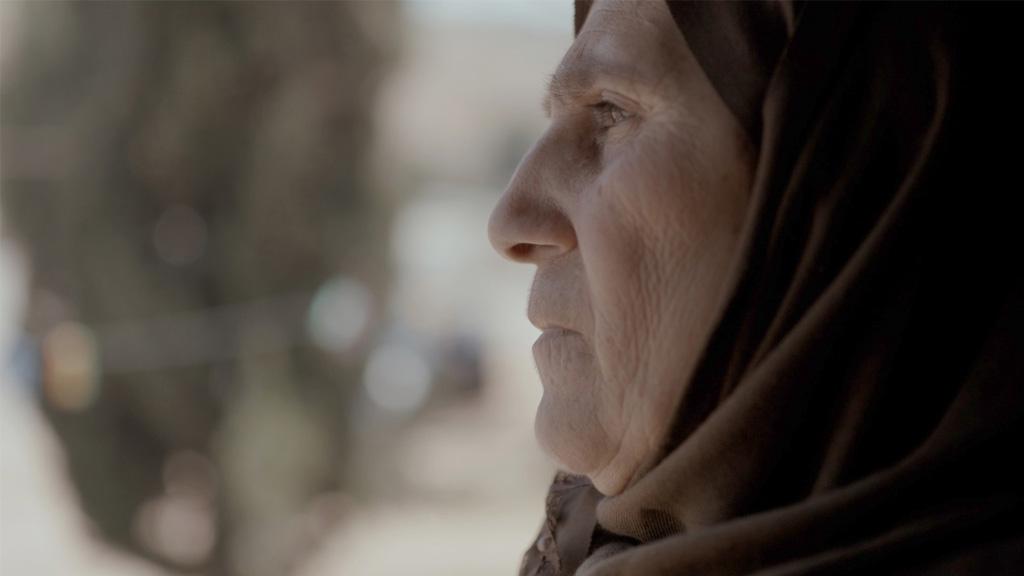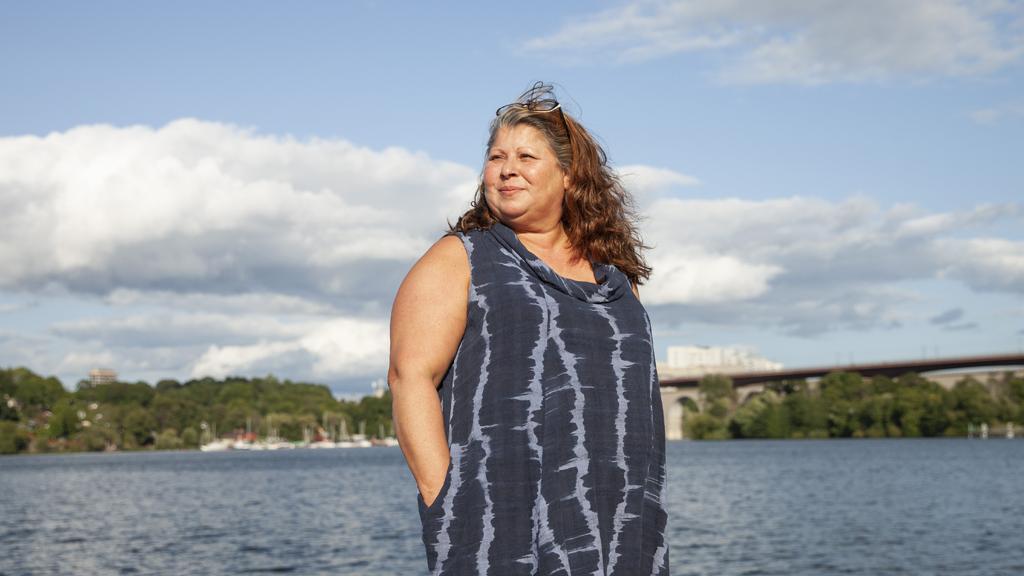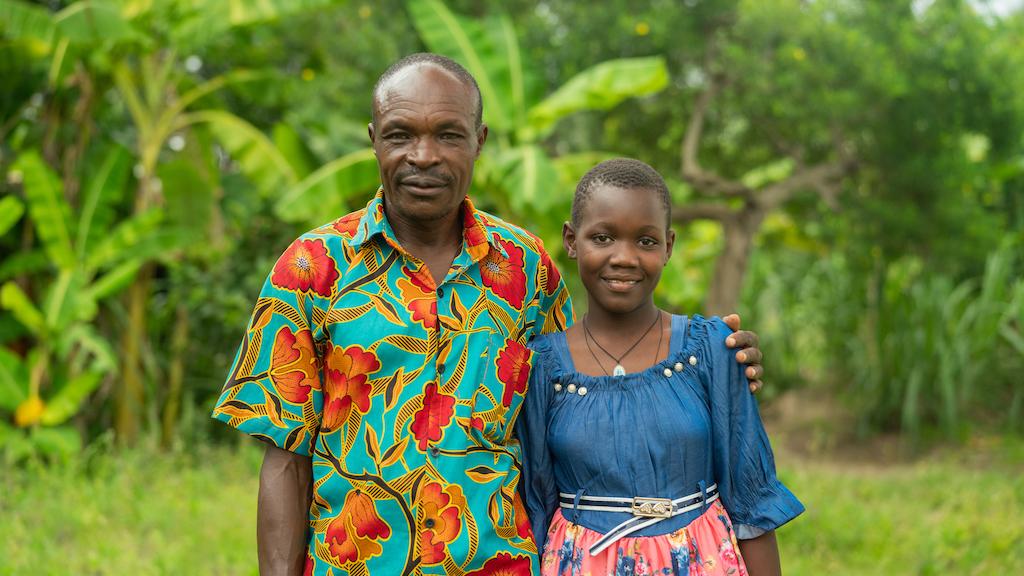The cultural sensitivities of salt reduction
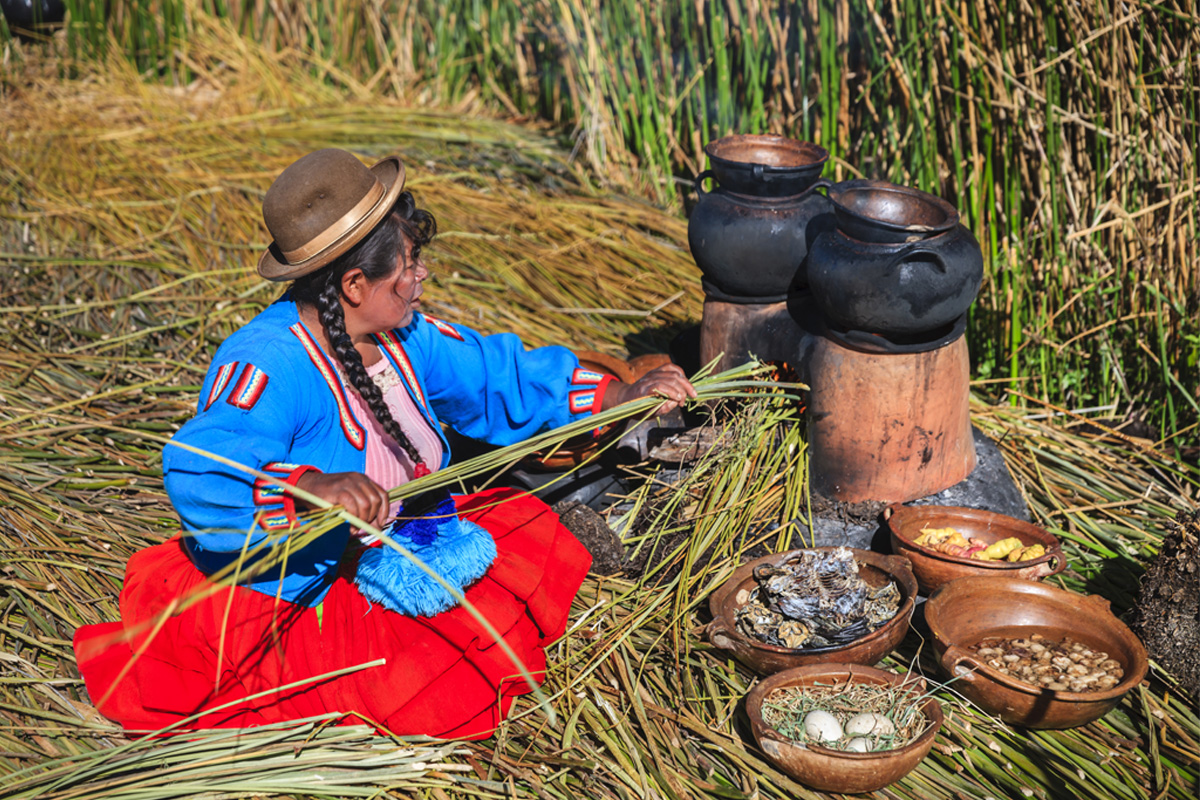
Scientific evidence is unanimous: high salt intake is associated with a range of diseases.
But, many people still consume too much salt.
These researchers are exploring how to make health messaging culturally sensitive.
High blood pressure is on the rise in low- and middle-income countries, with a high-salt diet one of the well established risk factors. Raised blood pressure, as a result of consuming high levels of sodium in salt, increases the risk of cardiovascular diseases like heart attacks and strokes, which are now the leading causes of death in developing nations.
“Globally, sodium intake is about 10g each day – that's double what we're supposed to be eating,” says Jackui Webster from The George Institute for Global Health. “And the situation is worse in many low- and middle-income countries…that's where about 85% of the premature death and disease around the world is. And poor diets, including high salt consumption is the major risk factor for this.”
But it will take a nuanced approach to address the high consumption of salt in rural communities in low- and middle-income countries. These communities can be hard to reach, and have deep-rooted traditional ways of cooking. Listen to Webster explain why people in low- and middle-income countries are particularly at risk of salt-related illness in the audio clip to the side.
No one organisation will bring a solution in isolation. Tailoring non-communicable disease risk prevention strategies to be culturally and environmentally appropriate requires collaborations with researchers. This is where the Global Alliance for Chronic Diseases (GACD) can help by fostering research partnerships around the world. By involving the community who are the beneficiaries of the research in its execution, the impact will be stronger and better sustained.
How to get this important public health message across is being explored in different environments, cultures and contexts. To see how researchers are getting their messaging right, we look to some examples from low- and middle-income, rural communities around the world.
Peru
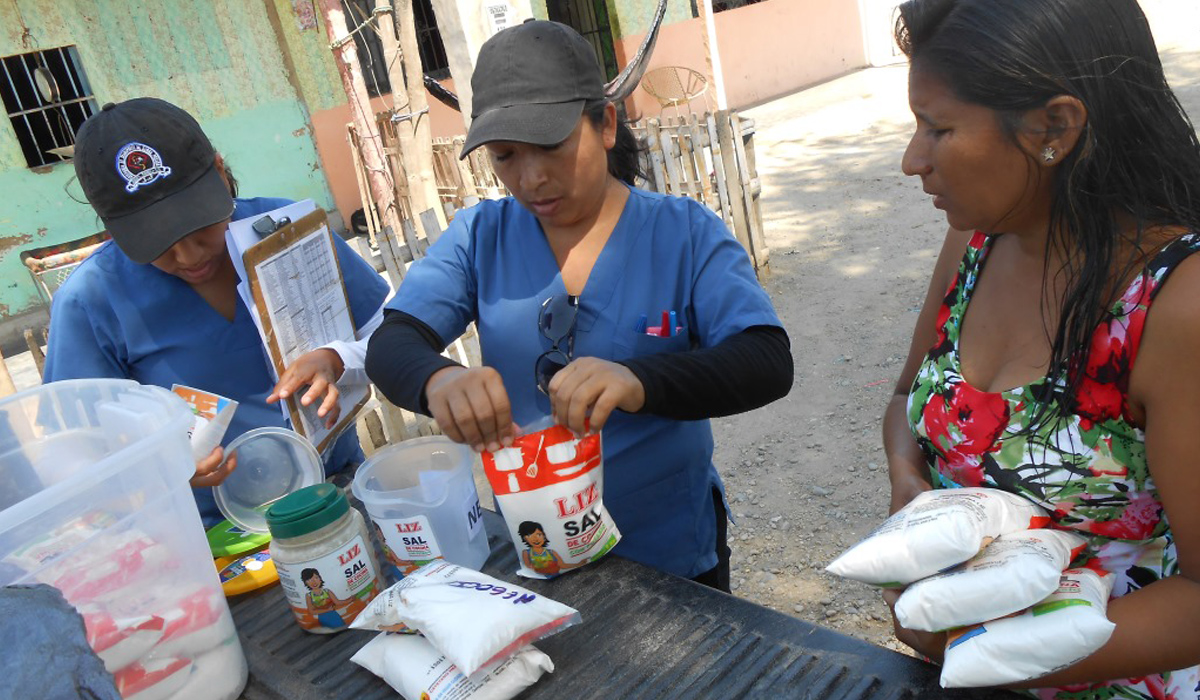
In Peru, a community-based salt substitution programme showed the importance of targeting health messaging to those who have the most influence in their village. Following research that estimated the positive impact of a population-level salt-substitute intervention on adult blood pressure levels, the programme introduced a new salt alternative in six rural, northern villages, which lowered blood pressure, and reduced the risk of developing hypertension by 51%.
Erik Cateriano, a PhD candidate in marketing from Peru, was part of that research, working on the messaging around the product’s introduction.
Originally from Lima, Cateriano moved to Tumbes, a small coastal city in the north of Peru with easy access to nearby rural communities, to take part in the public health campaign focused on using salt alternatives to reduce hypertension and other diseases.
The researchers were aware of the importance of promoting a positive image around the salt substitute, so Cateriano had to use his skills in social marketing to change the cooking habits of people in the Tumbes region. The local community were asked to participate in the launch of the new salt substitute by choosing its name, a professional chef was brought in to do a cooking demonstration at a free public event and a song was recorded for radio.
“We realised that women are in charge of cooking,” he says. In this very traditional community there are very strongly defined gender roles. The women in the villages were under a lot of pressure to provide tasty, filling meals for their families – particularly because the men would need their energy for their demanding work. “[The men] are very picky about what they eat,” he says.
If a husband decided that the salt substitute didn’t taste good, as Cateriano sometimes saw, a whole family might refuse to use it. Word would then spread from neighbour to neighbour. “So, what we need is to train the women to be our salesforce. They were our ears in the community.”
**
“One of the reasons why we decided to conduct the intervention in northern Peru is because the level of hypertension was a bit higher [compared to] people living in the whole country,” in part because their diets contain more salt, says Cateriano.
In the Tumbes region, there is a popular homemade sauce called aderezo that comprises onions, oil, salt and spices. This sauce is added to stews, soups and other everyday staples like cooked bananas. The coastal community in the north of the country also consumes a lot of fish, which is salted for preservation. You can listen to Cateriano explain more about the diet of Peru’s rural communities in the audio clip above.
A message to reduce the amount of salt used in cooking wouldn’t have worked as well as swapping it for a low-sodium substitute, Cateriano says, adding that it was also very important that the salt substitute was made available for free, removing the most fundamental barrier to uptake.
The PhD candidate is proud of the work he and his colleagues did in Tumbes, which he believes is the only example of social marketing like it in the country.
The researchers are still working on evidence that the substitute salt will reduce mortality from salt-related diseases in the longer term.
China

An in-school education programme, called School EduSalt, aimed at children, and by proxy their wider families, shows that salt reduction interventions can be impactful and cost effective. Primary school children in Changzhi, northern China, were involved in an education programme as part of the usual curriculum that focused on the harmful effects of salt and how to reduce salt consumption. Children were then encouraged to tell their families what they had learned, so the programme had the dual benefit of lowering salt intake in children and their families.
After one school term, salt intake decreased by 1.9g per day in children and 2.9g per day in adults (about 25%), accompanied by a significant fall in systolic blood pressure. This approach, if implemented across China, could prevent approximately 200,000 cardiovascular disease deaths per year.
To help reinforce the lessons and achieve a lower intake for the longer term, the research team has also developed an innovative app (AppSalt) to provide educational content that allows children and their families to monitor their salt intake at home.
“We know this health education programme for salt reduction is very meaningful, because it is one of the most cost effective strategies for controlling non-communicable diseases.” The use of smartphone based AppSalt program is a practical tool to infuse salt reduction messages into students’ family and alleviate teachers’ burden for delivering health education lessons, says Yuewen Sun, a research assistant at the George Institute for Global Health in China, who has been working on the school-based salt reduction program for about three years.
But not all families have access to smartphones in China. For some children, who live with their grandparents or in rural areas, the researchers had to try another strategy. “In addition to the application-based intervention activities, we train the teachers to organise some engaging offline activities, like some artwork competitions to motivate these students to participate in this programme,” says Sun. Listen to Sun explain how they adapted the programme further for harder-to-reach rural students in the audio clip above.
Now, as a follow-up study aims to test the scalability of the programme across a larger population in China, Sun and her colleagues are thinking about how to make the programme self-sustaining. To do that, they are trying to work their programme into more school curricula across China.
Pacific islands

In the Pacific Island nations of Fiji and Samoa, the challenge of reaching rural people is both geographical and cultural. With so many people spread across different islands, communicating to residents is a challenge unless you engage local champions.
A 2013 project used local advocates, from church leaders to village mayors, to disseminate the message of salt reduction, as well as sharing leaflets, TV and radio programmes, and newspaper articles. Two years later, there was a 16% reduction in the number of people adding salt at mealtimes.
But Gade Waqa, head of the Pacific Research Center for the prevention of obesity and NCDs, says that the future of these communications will be digital. While internet coverage isn’t universal, it is spreading to outer islands and more people are using smartphones. Researchers have introduced an app called FoodSwitch that allows users to scan the barcode of their purchases to reveal salt information and offer suggestions for healthier alternatives.
Alvina Deo, senior nutritionist at the National Food and Nutrition Center at the Ministry of Health and Medical Services in Fiji, says that people in Fiji and Samoa have become accustomed to high-salt foods, so that now they prefer those flavours. Encouraging people to think of low-salt foods as flavoursome is a significant challenge.
In the audio clip to the side, Waqa and Deo explain how they encouraged people in Fiji and Samoa to find natural salt substitutes in the food growing around their houses.
**
While research has started to reveal how interventions can be successful, Jacqui Webster says that there is still work to do to address high-salt consumption. “It's particularly important to target these communities, because they're more vulnerable to adverse health outcomes, because of the multiple different risk factors that they face, and also because it's much harder for them to get health care treatment as well,” says Webster.
Making sure that interventions are culturally sensitive is key, she says. “I think the best way to do that is to make sure that as a researcher you're working really closely with the people from those communities, those people from the communities are designing the research with you, but also that you're really taking into account local priorities and recognising the fact that local priorities change,” says Webster.
The Covid-19 pandemic has put Webster’s last point into context. Researchers have had to adapt to changing community priorities, as convenience and comfort might again increase in importance. “As a researcher, you actually have to be prepared to adapt to those changes.”
Content paid and presented by Global Alliance for Chronic Diseases (GACD)







